The first impression consumers have about viscose is that it is a fabric made from artificial materials. And if we compare it with cotton, then priority is given to it. But, all the components that are taken to create viscose are of natural origin. Therefore, to determine the choice of viscose or cotton, which is better, it is necessary to delve into all the nuances of both materials.
What these materials provide: description
When choosing clothes, buyers pay attention to the comfort and naturalness of the material. Synthetic fabrics prevail in the modern market, but there is a considerable selection of products made from natural components. How to recognize them and make the right choice?

Cotton
One of the representatives, which consists only of natural materials is cotton. It is the thinnest and short fibers that are twisted together. It has high strength indicators, resistance to the effects of chemicals used for fabric care. It withstands fairly high temperature parameters, up to 1400 C. Hygroscopicity indicators are 18-20%. But, low deformation indicators are noted, which leads to the fact that the material does not hold its shape. That is, cotton is heavily wrinkled. In addition, it wears out quickly and dries slowly.
Positive characteristics of cotton include:
- soft and light to the touch;
- excellent breathability, which makes it indispensable when worn in hot weather;
- takes color well.
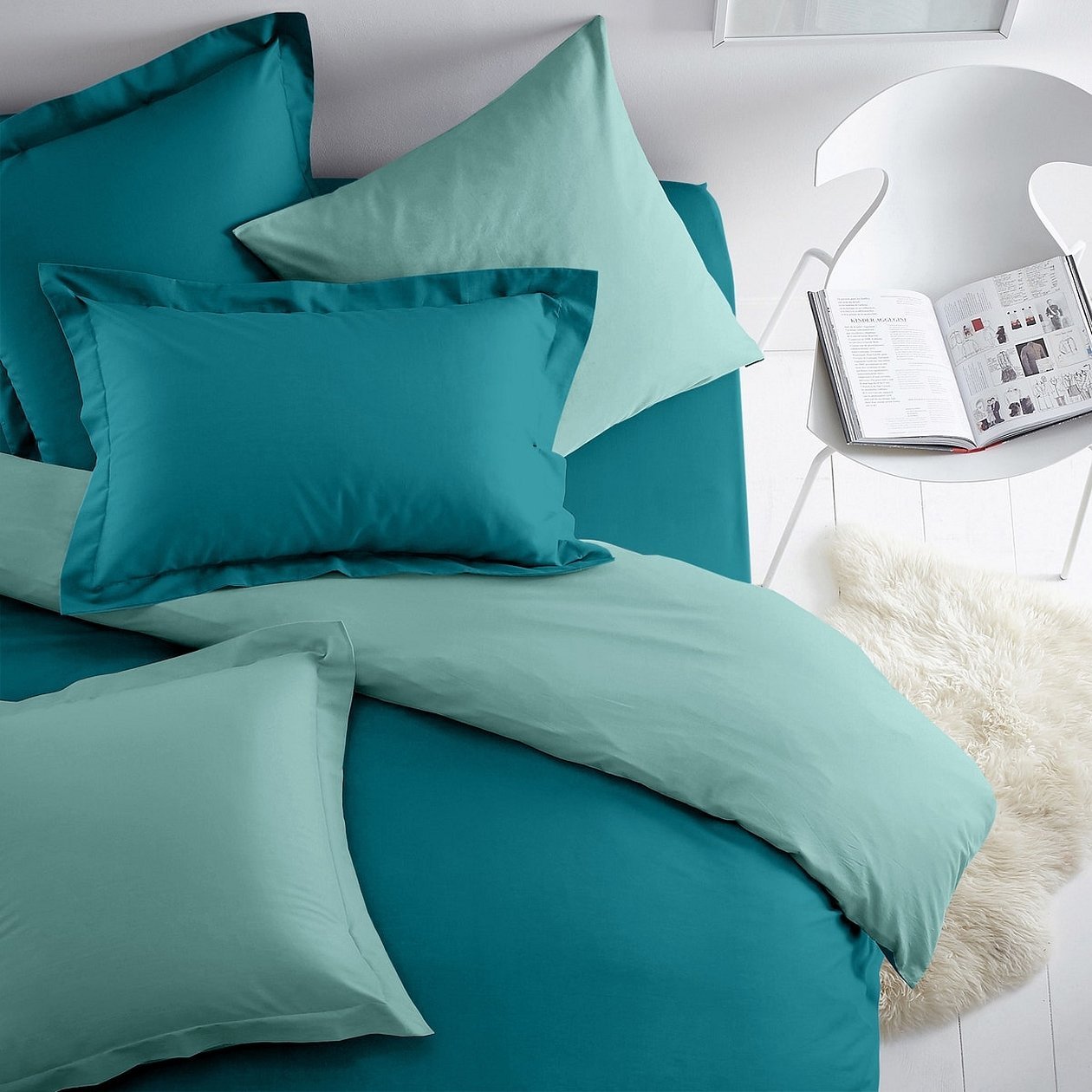
Among the existing disadvantages, the following are noted:
- gets wrinkled very quickly;
- during washing it is subject to deformation and shrinkage;
- turns yellow when exposed to light for a long time.
Cotton has a huge range of applications. It is used to make underwear, bed linen and table linen. It is also used to create a huge range of both women's and men's clothing. It is used for furniture upholstery and textiles. High-density cotton is used to process the collars of men's shirts.
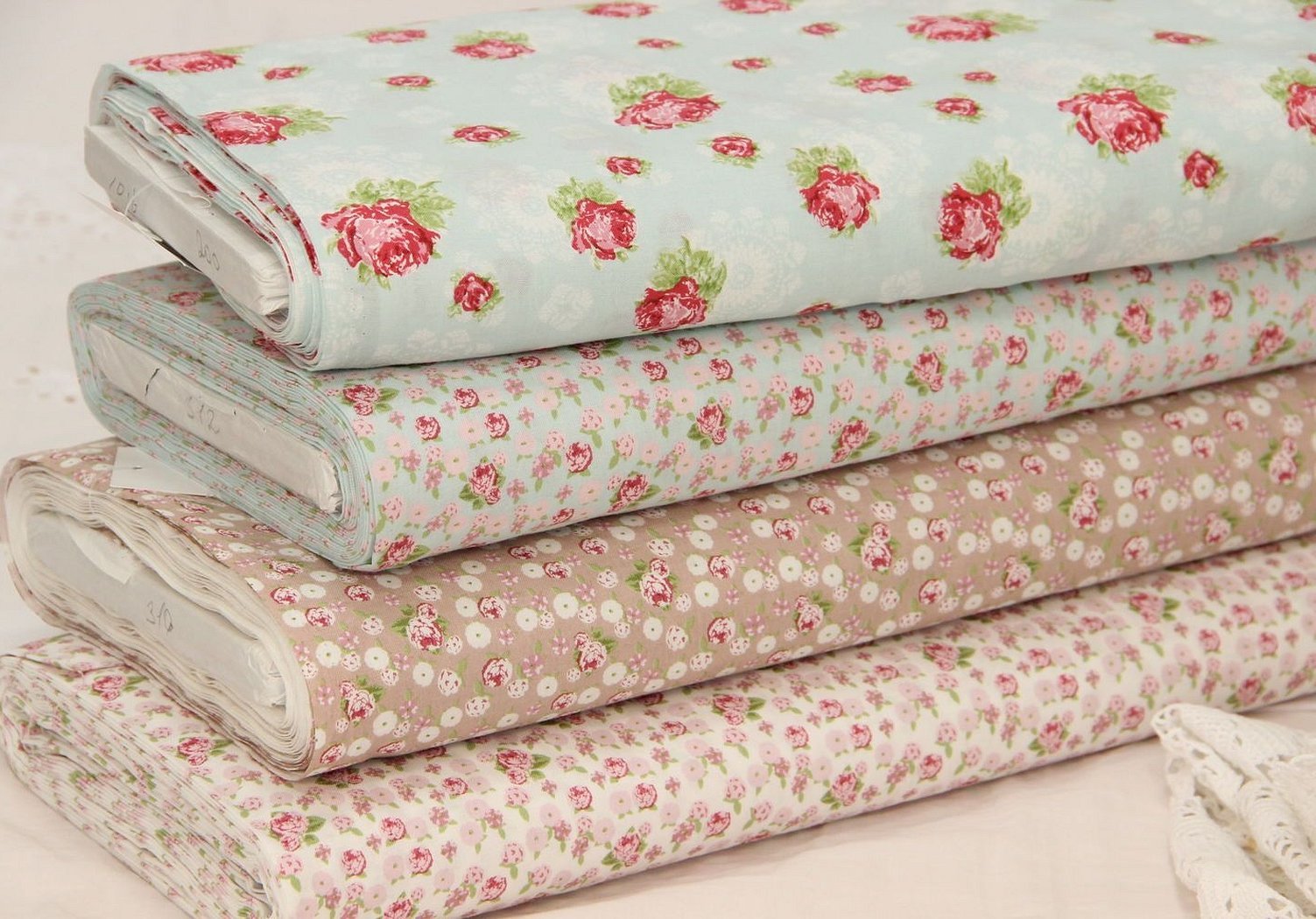
If you add 5% lycra to 95% cotton, what kind of fabric do you get? A variety that will shrink and wrinkle significantly less.
Viscose
Viscose is made from natural cellulose. The thickness of the fibers, their strength, and therefore wear resistance depend on how the raw material is processed. In addition, the texture of the fabric also differs. It can look and feel like silk, cotton or wool. Therefore, you can even find a viscose jumper on sale.
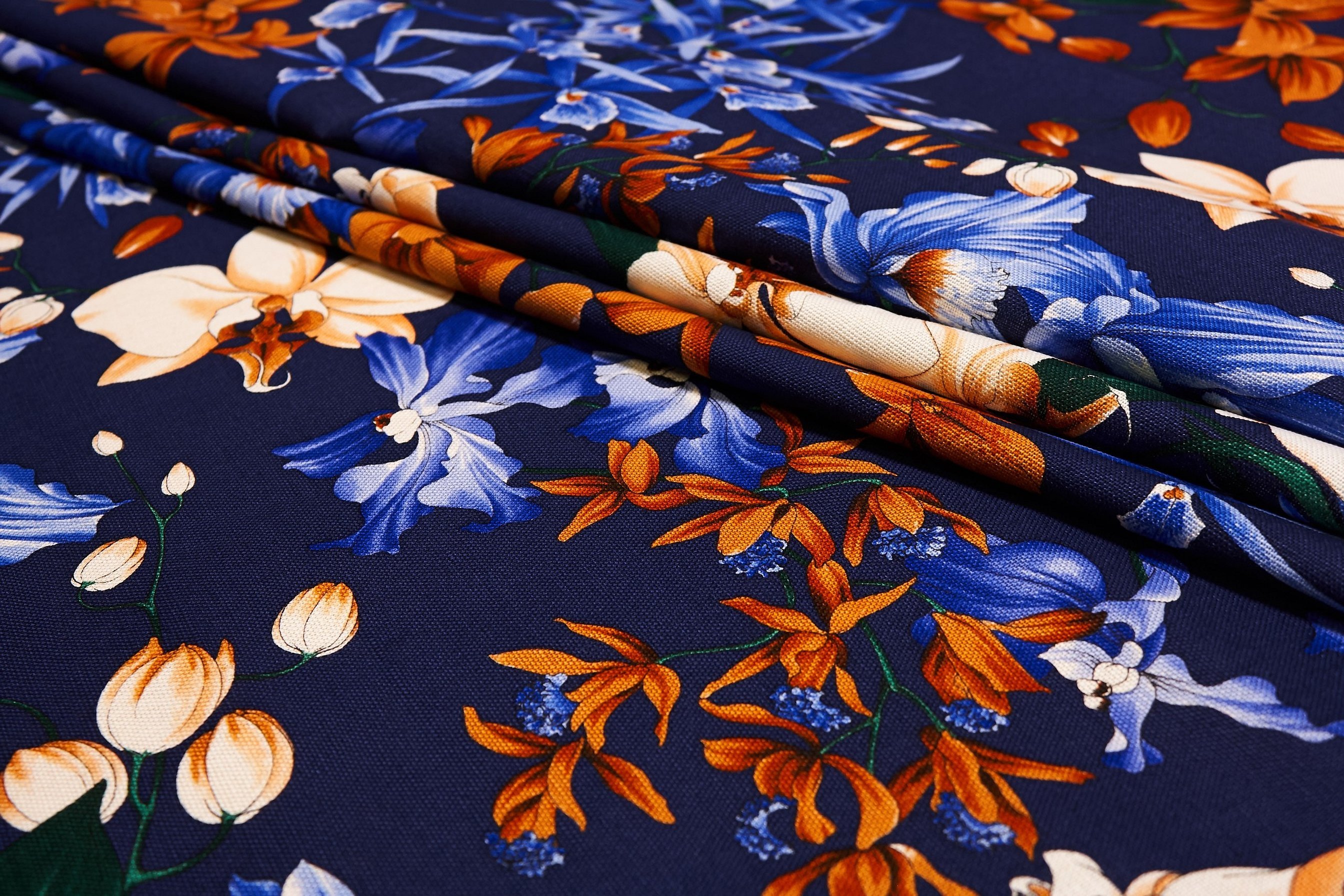
Additional information! The process of creating fibers from cellulose was invented in 1891 in England. And patented by the Frenchman J. Brandenberger in 1902, who devoted his entire adult life to viscose.
Properties of viscose:
- Excellent air permeability. That is why such a variety as staple is widely used for sewing summer clothes - sundresses, dressing gowns, trousers.
- Softness. Thanks to this property, a wide range of bed linen is created, even for children.
- It perfectly retains its appearance, does not wear out or fade.
- Attractive appearance, pleasant texture.
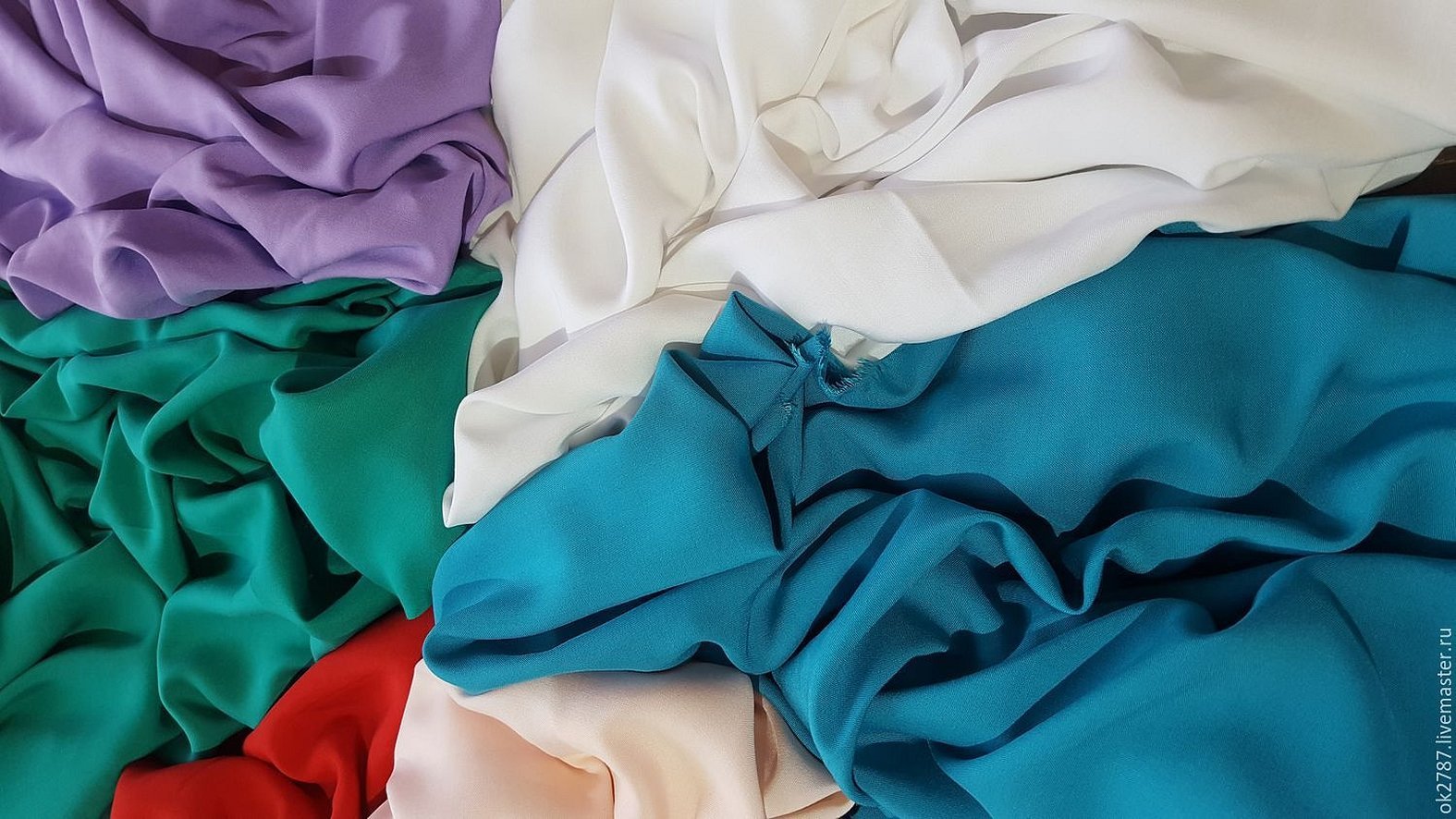
There are many varieties of viscose. For example, what kind of fabric is obtained from 95% viscose and 5% elastane. The answer is simple viscose with elastane, the latter will give the fabric elasticity.
How to recognize cotton and viscose fiber
The most common way to check whether a fabric is cotton or synthetic is to burn several threads. After examining how cotton and viscose burn, it will immediately become clear whether the consumer has purchased natural fabric or synthetic, for example, nylon. Cotton or viscose threads turn into light gray ash, which crumbles into fine powder when touched. Synthetic threads melt and form a resinous lump.
How to recognize cotton and viscose fiber, because they are of natural origin? There are several ways to determine cotton or viscose:
- You can determine the differences by wetting the fabric. Cotton shrinks and its strength increases. Viscose, on the contrary, absorbs water well, but becomes too vulnerable. Therefore, when you spray a little liquid on viscose fabric, a slightly swollen ball forms where the droplets hit. This is excluded on a cotton sample.
- The uniformity of dyeing of the fibers on the product allows you to distinguish viscose. This is explained by the difference in the dyeing process. If a pattern is applied to viscose fabric after its production, then with cotton everything is the other way around. First, the threads are dyed, and only then do they begin to produce the fabric itself.
- When washed, cotton shrinks, while viscose can stretch. That is why it is not recommended to wring it out.
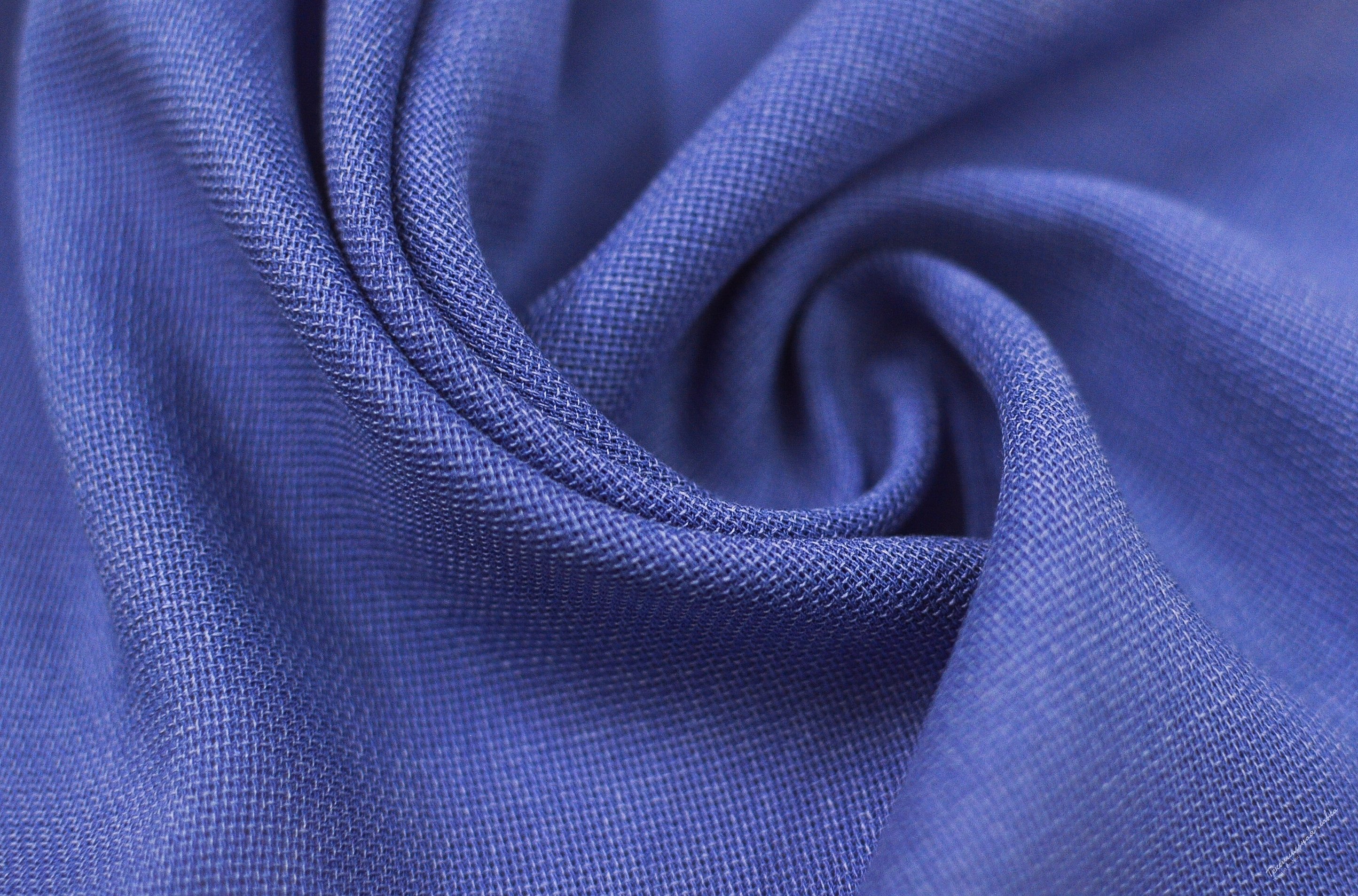
Comparison: which is better
Due to the fact that viscose is created from plant fibers, as well as the high-tech process, viscose is often difficult to distinguish from cotton.
Similarities:
- tactile sensations cannot be distinguished;
- no difference in moisture absorption rates;
- the same air exchange properties are determined.
Differences:
- Cotton is a durable material and retains its properties in any condition. Viscose loses most of the listed properties when wet. It is quite easy to tear and quickly wrinkles.
- Price of fabric.
A combination of these two materials is often used. Their combination allowed viscose to increase its strength indicators, but they are slightly worse when wet. In addition, it shrinks after wetting. Recently, a type of viscose that resembles natural cotton has become very popular. This type is devoid of most of the negative characteristics of viscose and cotton.
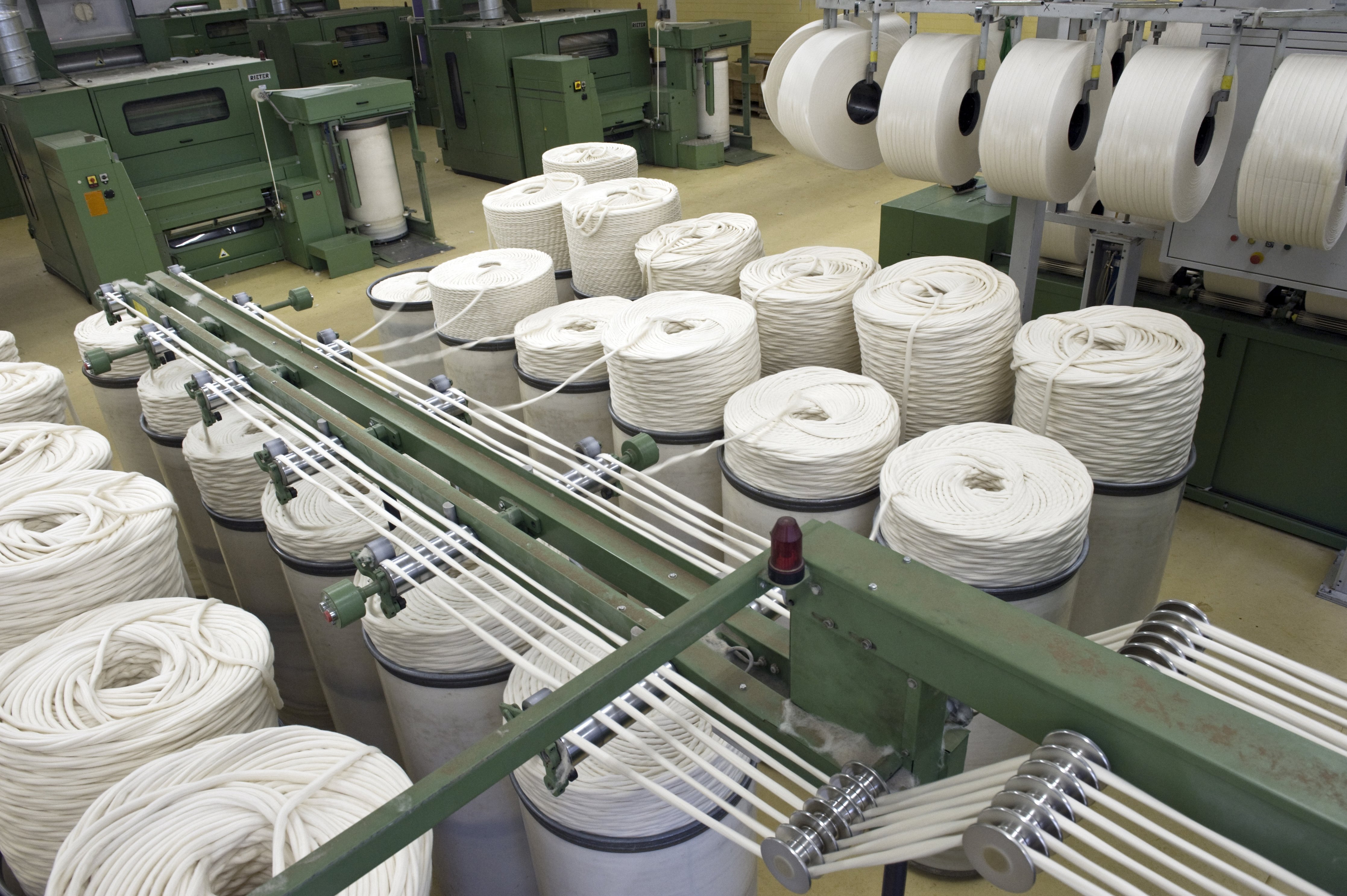
How is viscose-cotton blend made?
The main component used to produce viscose is wood pulp. Even 100 years ago, the manufacturing process was quite labor-intensive. Modern technologies allow us to work much faster, which explains the huge range of products made from viscose-cotton blends.
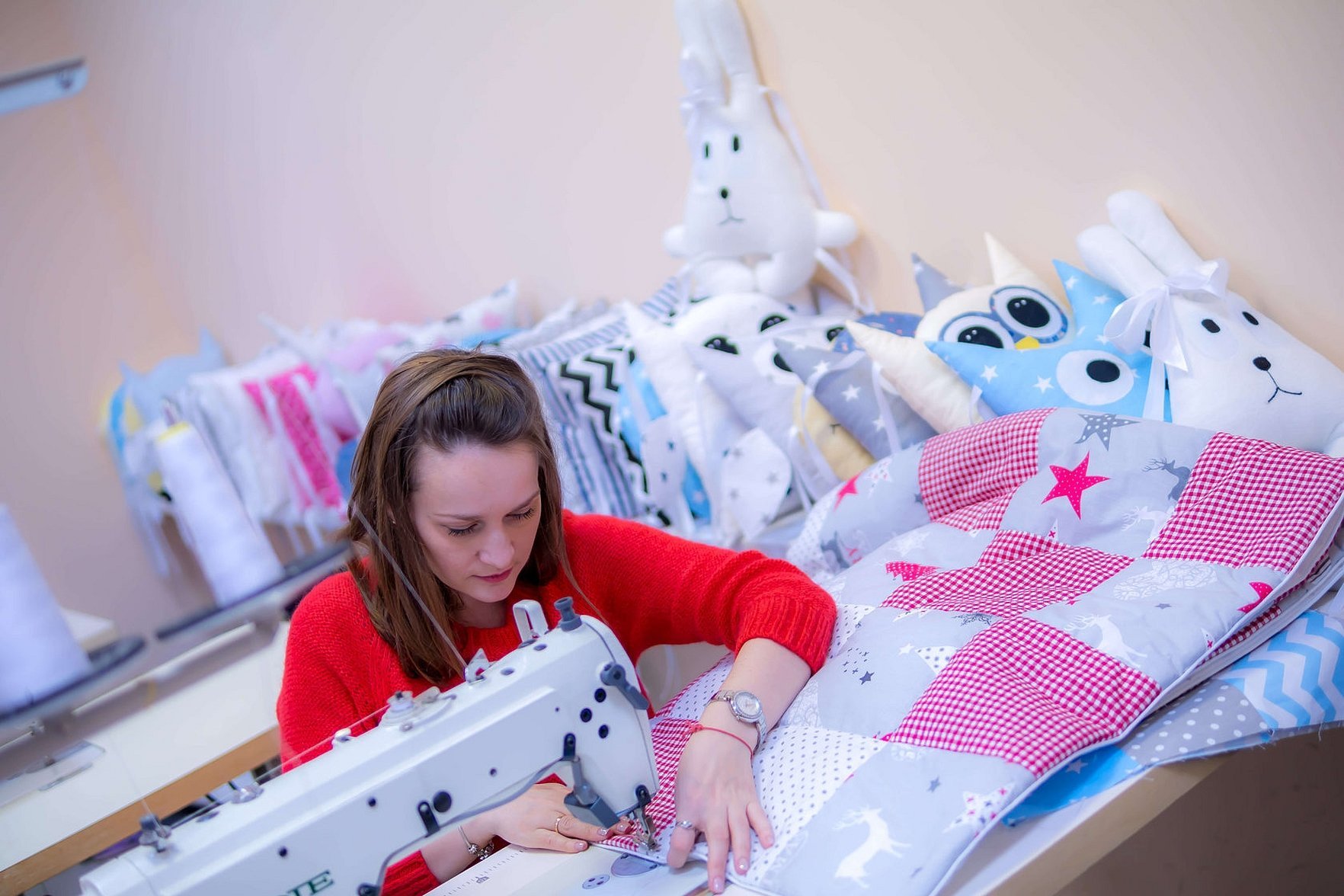
The process consists of several stages:
- wood chipping;
- boiling the resulting chips in a special alkaline solution;
- processing with the addition of an acidic composition;
- blending with a certain amount of cotton;
- processing of mass into threads on a machine.
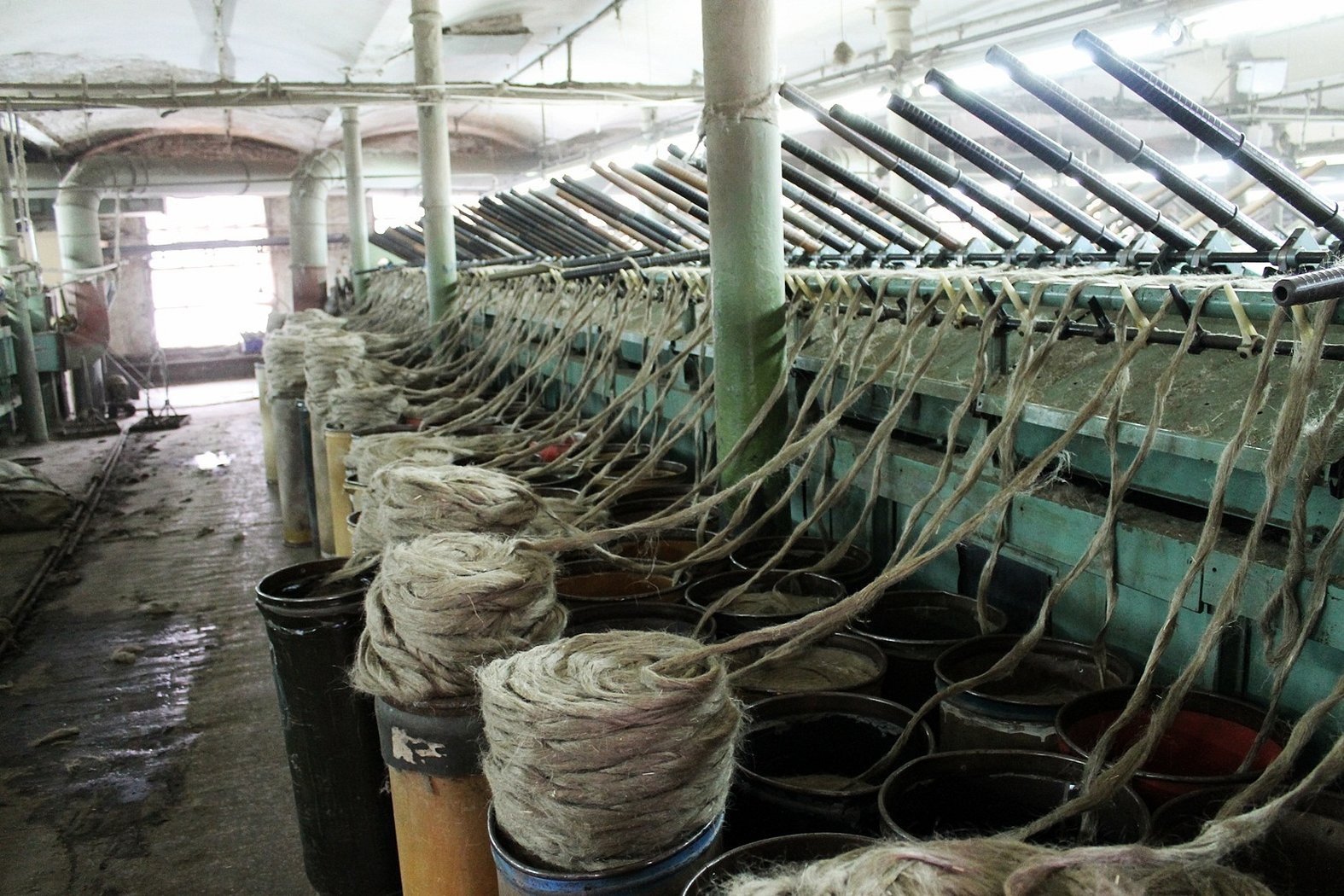
Important! One of the most important is the process of drying the fibers, since it is responsible for the strength of the fabric in the future. Excess moisture has a detrimental effect on viscose.
Properties of viscose-cotton fabric
Cotton is one of the natural materials that has high strength and elasticity. If it is combined with viscose, then the indicators of these properties are slightly reduced, but a number of advantages appear:
- the electrostatic effect is completely eliminated;
- brightness and saturation of color after the dyeing process and preservation of the brightness of shades after repeated washings;
- softness and lightness, unlike natural cotton analogues;
- The complete absence of synthetics allows the fabric to be used to create children's clothing and is suitable for people suffering from allergic reactions.
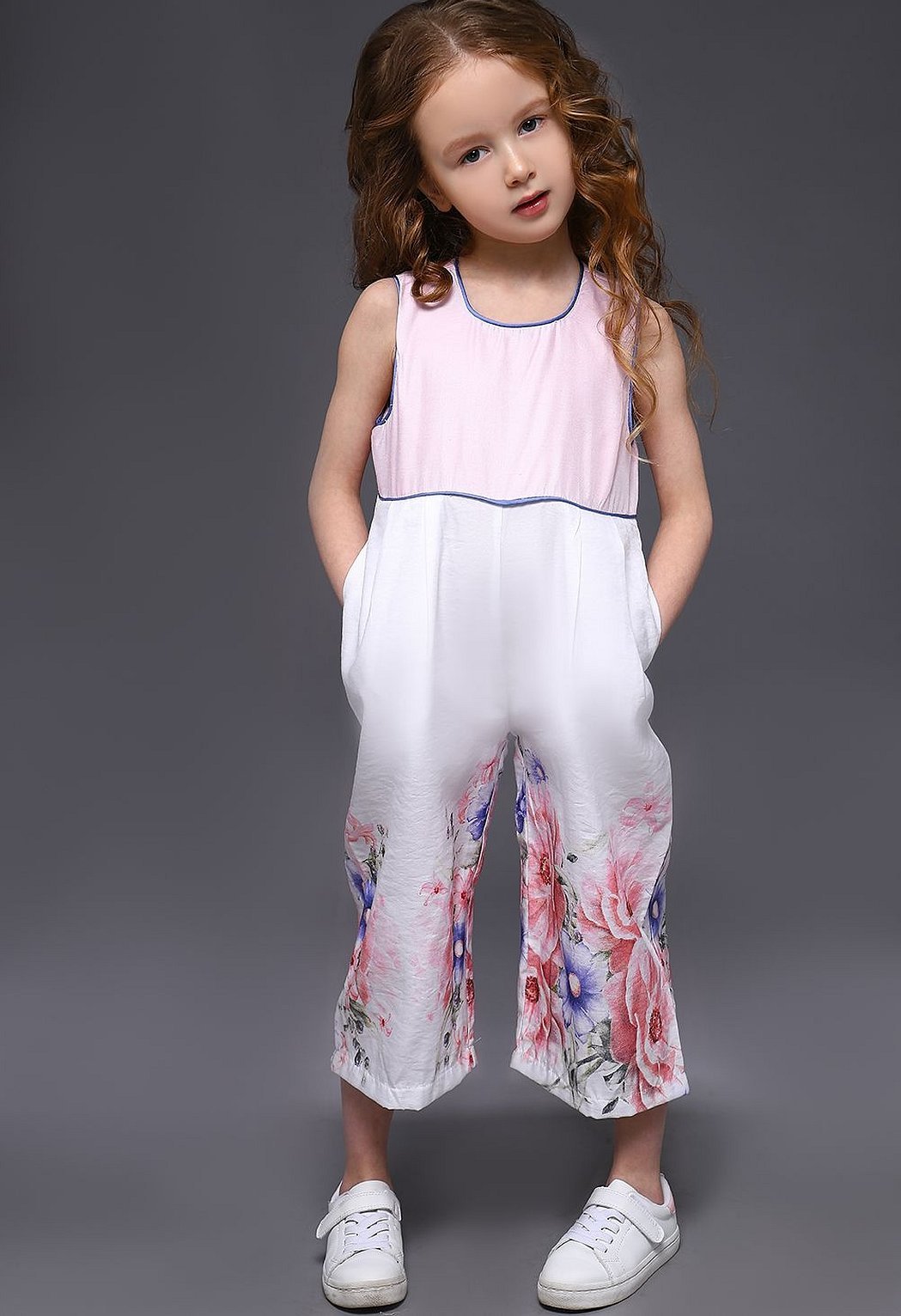
Reviews
Olga, Taganrog: “I want to dispel prejudices about the properties of viscose. I say this as a doctor. The best option for sultry heat is clothing made of viscose, or more precisely, staple. The fabric does not contain toxic substances. It is excellent at letting air through, which prevents excessive sweating. In addition, it absorbs moisture well. All this will prevent the growth of bacteria and protect against microbes. And the brightness of the patterns will add variety to your wardrobe and lift your spirits.”
Victoria, Evpatoria: “I always preferred natural cotton. But recently a friend advised me to choose a viscose T-shirt. I doubted it for a long time, but took a chance and did not regret it. The sensations are no different from those of cotton products. It showed itself to be good in washing, does not shrink. The only thing is that you can’t wring it out. But it does not wrinkle when worn. I recently bought a couple of things for my child.”
Svetlana, Vologda: "I love cotton products. The naturalness of the material captivates me. I especially love cotton textiles. They create such coziness in the house, remind me of my childhood, when I visited my grandmother in the village. Unique texture, delicate shades, and most importantly, durability. This is very important if you use, for example, cotton tablecloths, which have to be washed repeatedly. They will never tear."

Having familiarized themselves with all the advantages of each of the materials, the consumer will be able to make their own choice. Everything depends on personal preferences and habits. Using products made from a mixture of cotton and viscose will be a compromise for those who find it difficult to decide.




